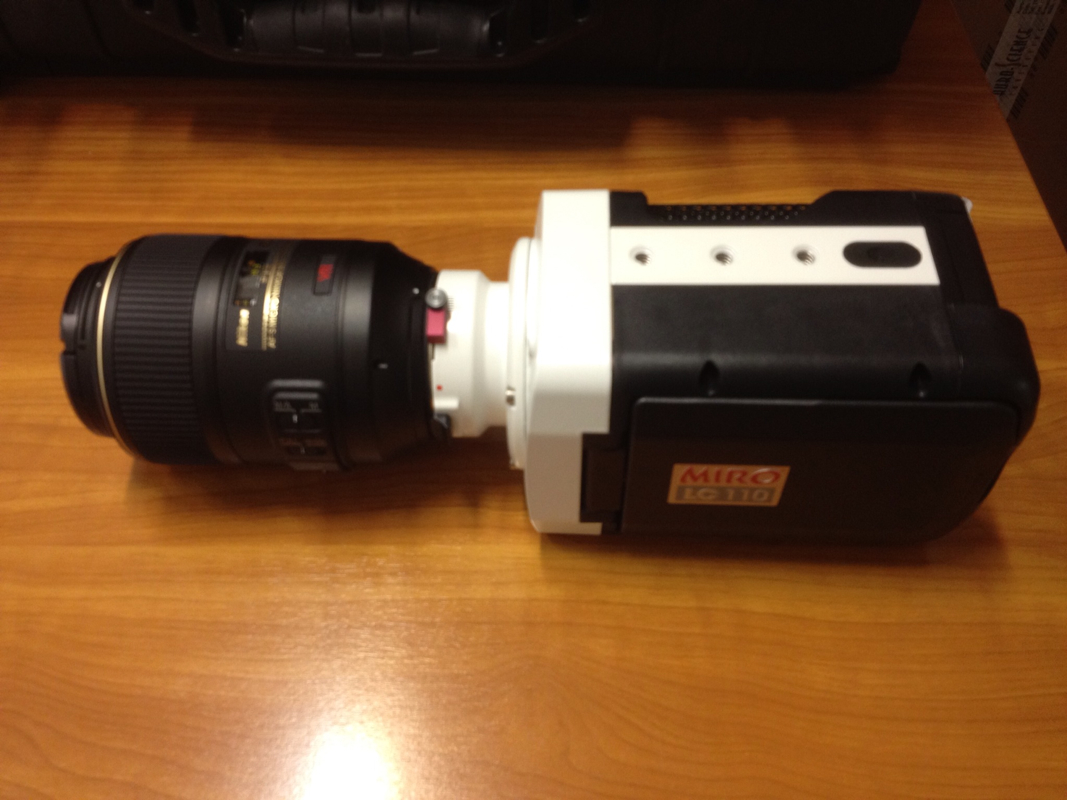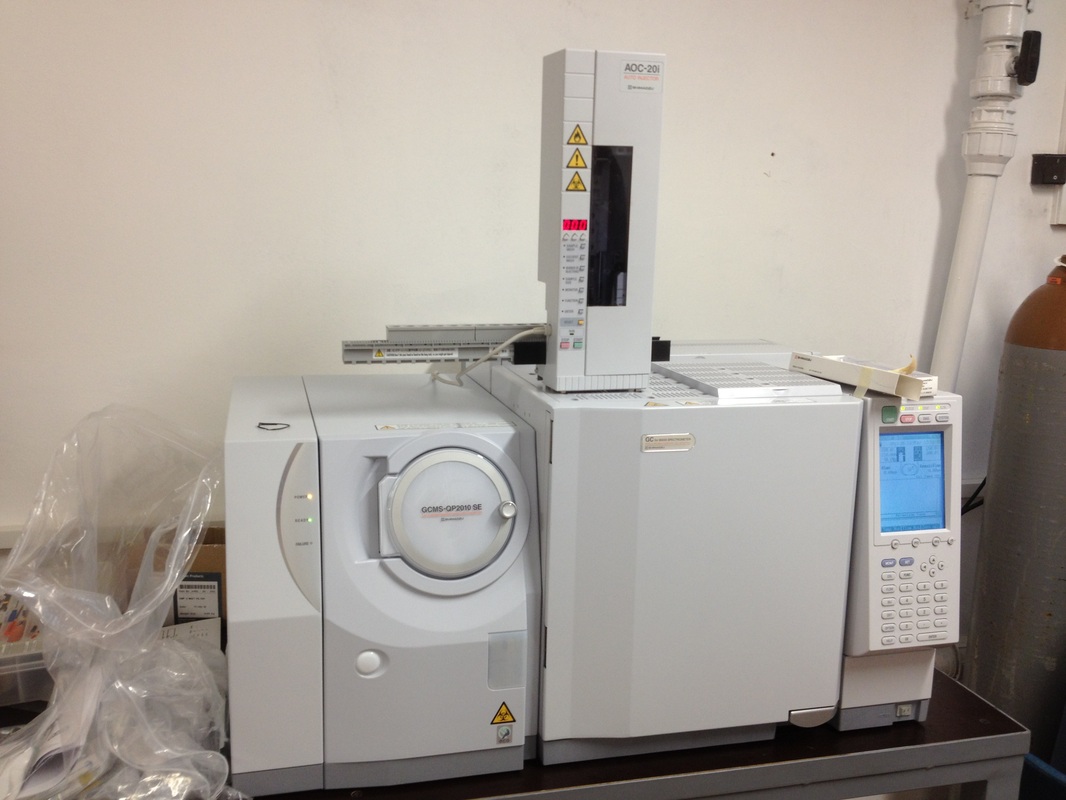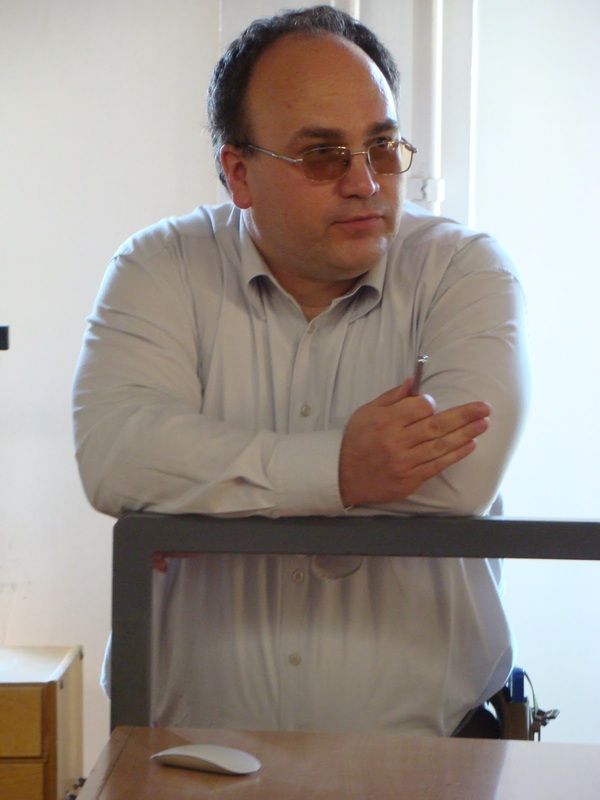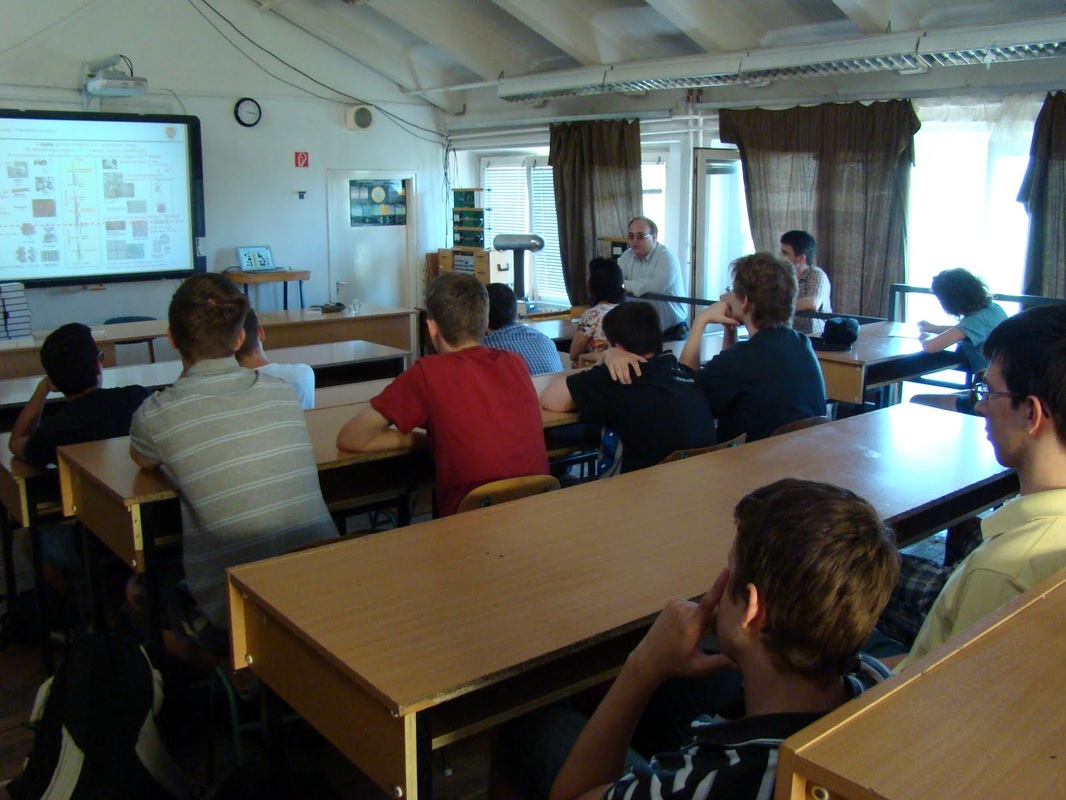Here you can see the camera equipped with the 105 mm f2.8 Nikon micro lens.
|
I am very happy to report that the last major instrument purchase for the first year of our group is complete. The new Vision Research Miro 110LC system has arrived on Tuesday. The system consists of the camera, three optics, LED lighting, tripod and software. At its fastest, the camera can record videos at 400000 fps so expect to see some nice slow-motion movies from us later this year!
Here you can see the camera equipped with the 105 mm f2.8 Nikon micro lens.
0 Comments
I'm happy to report the next major improvement in our research infrastructure: the new Shimadzu 2010 GCMS system was installed earlier this week. This chromatography station will enable us to do state-of-the-art liquid and gas analysis in the Lendület project. Moreover, it will help us attract important additional funding which is a core requirement in the Lendület contract. All in all, I'm very happy about this instrument. I hope that it will see a LOT of daily use and produce nice results for us.
Disseminating our results to the general public and drawing the attention of young people to the wonders of nanotechnology were defined as obligatory tasks in the original Lendület proposal. Moreover, I am also personally motivated to take every opportunity to reach out and spread the word about our work. That's why I was very happy to accept the kind invitation of the Natural sciences Self-development Club ("Természettudományos Önképzőkör") of the László Németh High School at Hódmezővásárhely to give an introductory talk about nanotechnology. The event was expertly organized by the head of the Club, Mr. István Szittyai. He is a highly motivated teacher and obviously invests a lot of energy into the Club. In the long run, this will pay off to all of us as his students become the open-minded scientists and engineers of the future.
I gave my talk on 10th May 2013 afternoon to an audience of 10+ students and two teachers. I hope to have given the attendees a usable general overview about the basics of nanotechnology. It was a nice experience and I will be very happy to visit the NL TÖK again. The FLIR thermal imaging system works beautifully. The first test images were made yesterday. Check out the visible and infrared image pair of a WD MyBook external backup hard drive. We can shoot infrared videos as well. The following video shows the heating and subsequent cooling of a zirconia chip equipped with a Pt heater. The point resolution (that is, the lateral resolution of independent temperature readings) was approx. 50 micrometers. The video plays at x4 speed. Major good news: today we received the brand new FLIR A655sc thermal imaging system with the extra close-up lens. I am very excited about the possibilities this instrument opens up for our group. Expect some nice thermal images and movies from us this Spring!
|
AuthorÁkos Kukovecz is associate professor of chemistry and Head of the MTA-SZTE Lendület Porous Nanocomposites Research Group. He works at Szeged, Hungary. Archives
July 2017
Categories
All
|







 RSS Feed
RSS Feed
